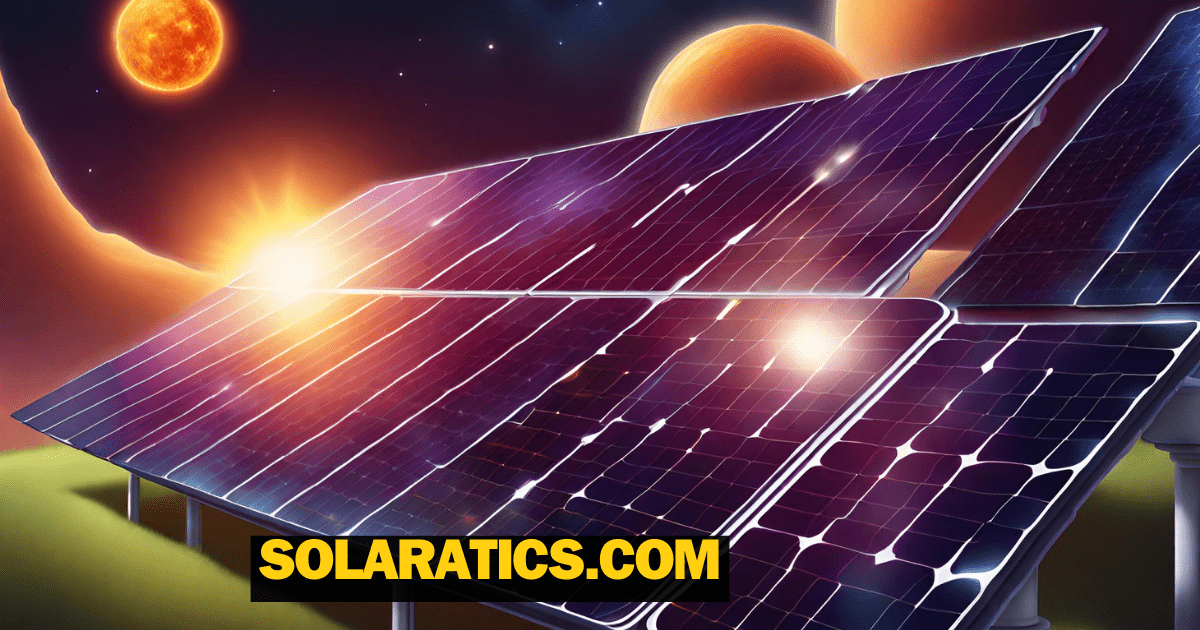How Many Solar Panels Needed For 1 MW POWER (Updated)

Are you considering investing in solar energy and wondering how many solar panels are needed to generate 1 MW of power? Solar energy has become an increasingly popular and sustainable option for generating electricity.
In this article, we will delve into the factors that determine the number of solar panels required to produce 1 MW of power. By the end, you’ll better understand the considerations involved in designing a solar power system of this magnitude.
Solar power has gained significant attention as a sustainable and renewable energy source.
Understanding Solar Panel Capacity

Solar panels play a vital role in harnessing the sun’s energy to generate electricity. The capacity of a solar panel is typically measured in watts (W) or kilowatts (kW).
To determine how many solar panels are needed for 1 MW (1 megawatt) of power, we must consider several factors.
Panel Efficiency
The efficiency of solar panels varies, with some panels converting a higher percentage of sunlight into electricity than others.
Higher-efficiency panels generate more power per unit area, reducing the number of panels needed for a given capacity.
Solar Irradiation
Solar irradiation refers to the amount of sunlight received in a specific location. Regions with higher solar irradiation receive more sunlight, allowing for greater electricity generation per panel.
The lower the solar irradiation, the more panels will be required to achieve 1 MW.
Panel Wattage
Solar panels come in various wattages, ranging from around 200W to 400W or more. The wattage of a panel determines its power output. Higher-wattage panels produce more electricity, requiring fewer panels to reach 1 MW.
Calculating Solar Panels for 1 MW
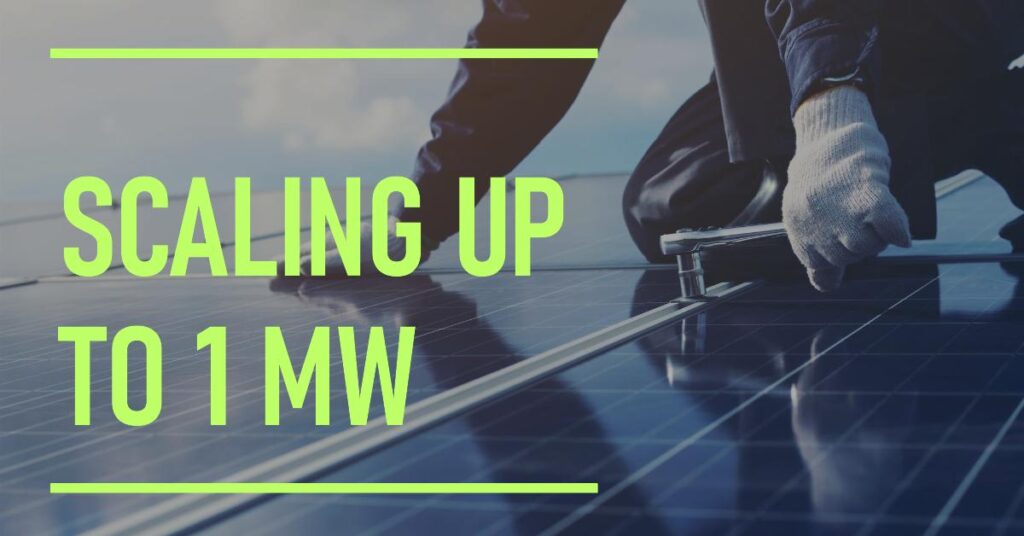
To estimate the number of solar panels required for a 1 MW installation, we need to consider a few key parameters.
Average Power Output per Solar Panel
The average power output of a solar panel is typically measured in watts (W). It varies based on the panel’s efficiency and the solar irradiance it receives.
For example, a standard solar panel with an efficiency of 20% and an irradiance of 1000 W/m² can produce approximately 200 W of power.
Accounting for Efficiency Losses
Solar panels experience efficiency losses due to factors like dust, dirt, temperature, and electrical losses during conversion. These losses can vary, but a commonly used estimation is around 15%.
To compensate for these losses, we need to increase the total number of panels.
Scaling up to 1 MW

Assuming an average power output of 200 W per panel and accounting for a 15% efficiency loss, we can calculate the number of panels needed for 1 MW.
1 MW = 1,000,000 W
Considering an efficiency loss of 15%, the total power required would be:
Total Power Required = 1,000,000 W / (1 – 0.15) ≈ 1,176,470.59 W
Number of Panels = Total Power Required / Average Power Output per Panel
Number of Panels = 1,176,470.59 W / 200 W ≈ 5,882.35
Therefore, approximately 5,882 solar panels would need to generate 1 MW of electricity.
Determining Factors for a 1 MW Solar Power System
When planning a 1 MW (megawatt) solar power system, several factors need to be considered to ensure an efficient and effective installation. Let’s explore the key determining factors for a 1 MW solar power system:
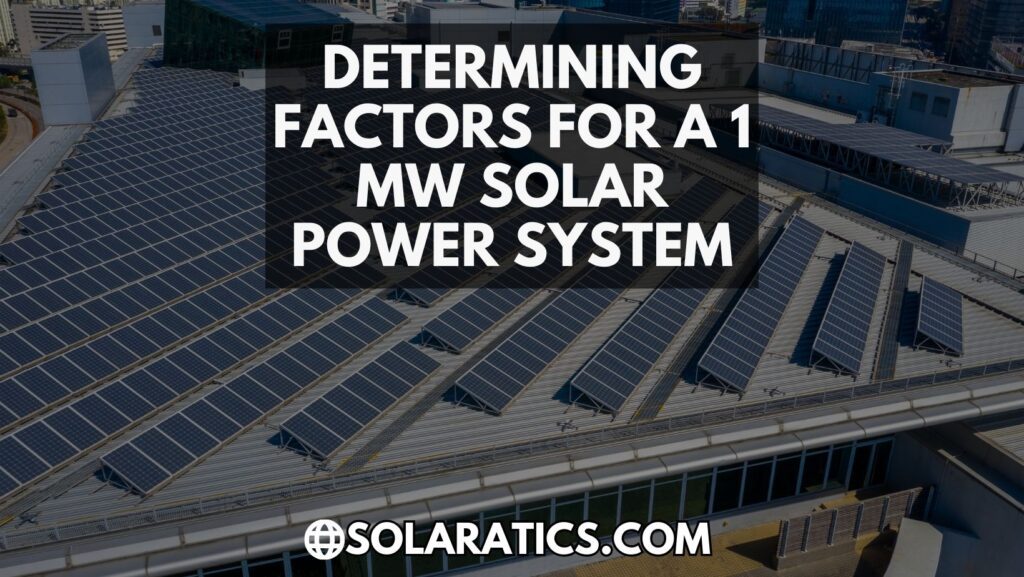
Solar Irradiation
Solar irradiation refers to the amount of sunlight received at a particular location. It is a crucial factor in determining the energy output of a solar power system.
Regions with higher solar irradiation receive more sunlight, resulting in increased electricity generation.
It’s important to assess the solar irradiation data specific to the installation site to estimate the system’s performance accurately.
Panel Efficiency
The efficiency of a solar panel measures how well it can turn sunlight into power. Higher-efficiency panels produce more power per unit area, allowing for greater energy output.
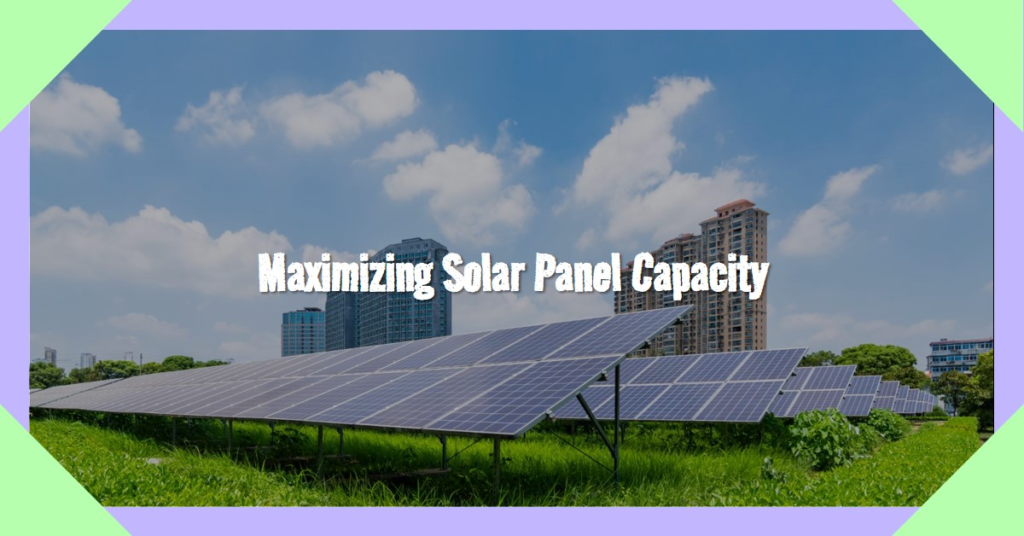
Consider selecting solar panels with higher efficiency ratings to optimize the performance of the system and potentially reduce the number of panels required.
Available Space
The physical space available for the solar power system plays a significant role in determining the configuration and number of panels.
Consider the dimensions and layout of the installation site to determine the optimal arrangement of panels.
It’s important to ensure adequate space for mounting structures, required clearances, and any potential shading issues that could impact panel performance.
System Design and Components
A 1 MW solar power system consists of various components, including solar panels, inverters, mounting structures, and electrical wiring.
Careful consideration must be given to the selection and sizing of these components to ensure efficient system performance.
Factors such as inverter capacity, electrical losses, system monitoring, and grid connection requirements should be taken into account during the design phase.
Environmental Factors
Environmental factors, such as temperature, humidity, and wind conditions, can impact the performance and durability of solar panels.
Understanding the environmental conditions of the installation site allows for the appropriate selection and design of the system components to withstand these factors.
Regulatory and Financial Considerations
Compliance with local regulations and obtaining necessary permits are crucial when installing a 1 MW solar power system.
Additionally, financial considerations, such as upfront costs, available incentives, potential savings, and return on investment, should be evaluated to assess the feasibility and economic viability of the project.
Optimizing Solar Panel Configuration
To determine the optimal number of solar panels required for a 1 MW (megawatt) solar power system, several factors need to be considered.
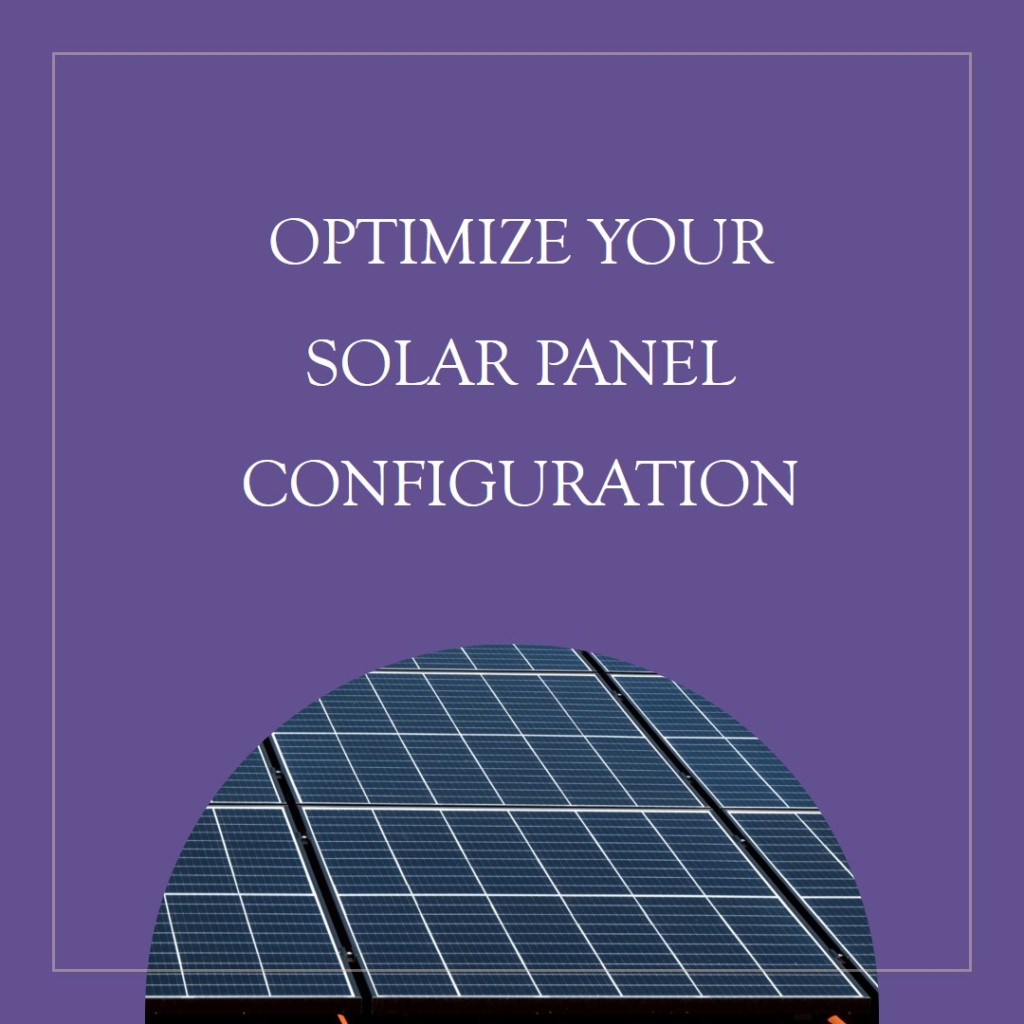
These factors include panel efficiency, solar irradiation, available space, and system design considerations. Let’s explore the process of optimizing the solar panel configuration:
Panel Efficiency
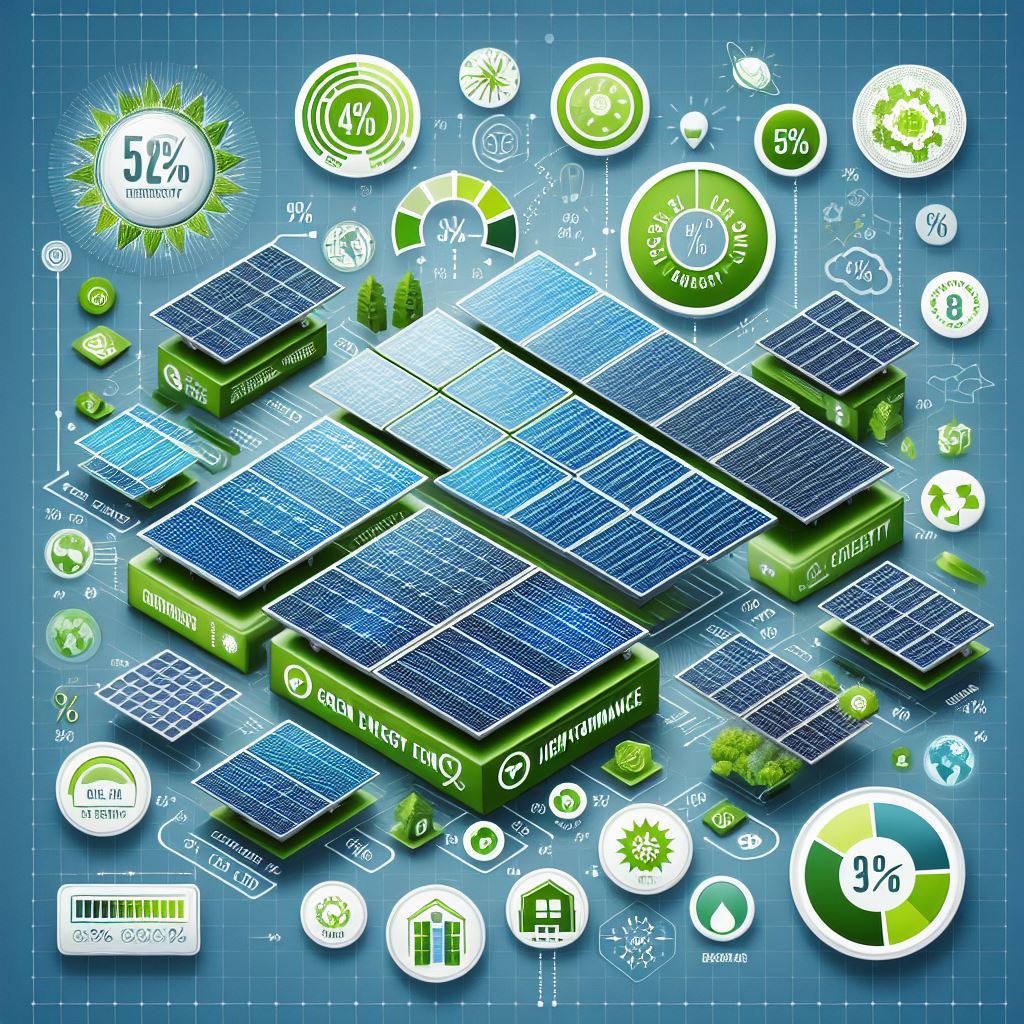
Solar panels have different efficiencies, indicating the percentage of sunlight they can convert into electricity. Higher-efficiency panels generate more power per unit area, reducing the number of panels needed for a given capacity.
Consider selecting panels with higher efficiency ratings to maximize power output.
Solar Irradiation
Solar irradiation refers to the amount of sunlight received in a specific location. Areas with higher solar irradiation receive more sunlight, resulting in greater electricity generation per panel.
It’s essential to assess the solar irradiation data for the installation site to estimate the number of panels required accurately.
Available Space
The available space for the solar panel installation impacts the configuration and number of panels needed. Smaller panels may be suitable for constrained spaces, while larger panels can optimize the use of expansive areas.
Consider the physical dimensions and layout of the installation site when determining the number of panels required.
System Design Considerations
Other system design factors, such as the inverter capacity, electrical losses, shading analysis, and wiring considerations, can affect the overall configuration and the number of solar panels needed.
Collaborate with solar experts or engineers to design an efficient and optimized system that accounts for these factors.
Conclusion
In conclusion, the number of solar panels needed for a 1 MW solar power system depends on various factors such as sunlight availability, solar panel efficiency, and climate conditions.
Mounting and orientation, system losses, desired output, and inverter efficiency. To determine the precise number of panels, a detailed analysis considering these factors and site-specific information is crucial.
Investing in solar energy can provide numerous environmental and economic benefits, and understanding the requirements for a 1 MW system is a significant step toward harnessing renewable energy.
Also Read: Historty of Solar Energy & When Were Solar Panels Invented?
OR What will be Your Average Monthly Electric Bill with Solar Panels In US
